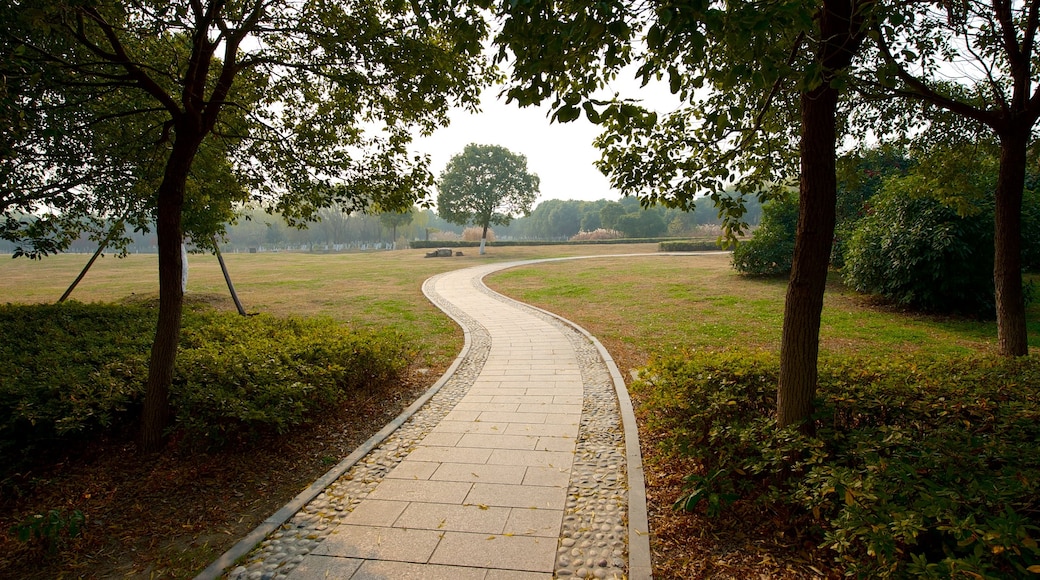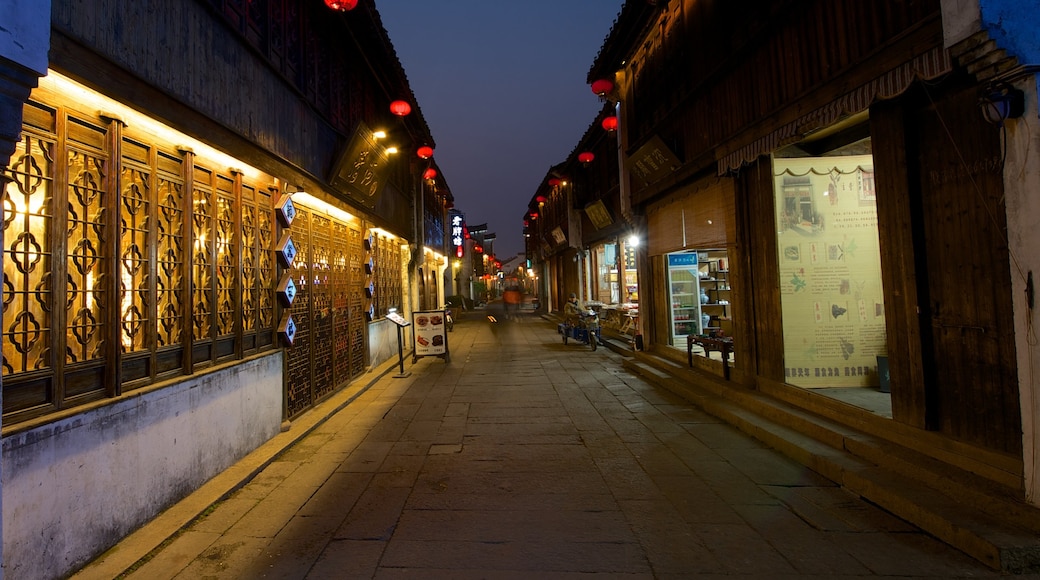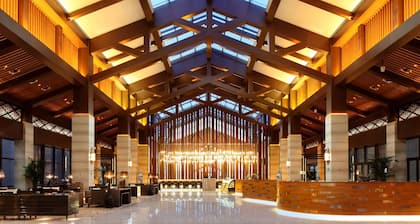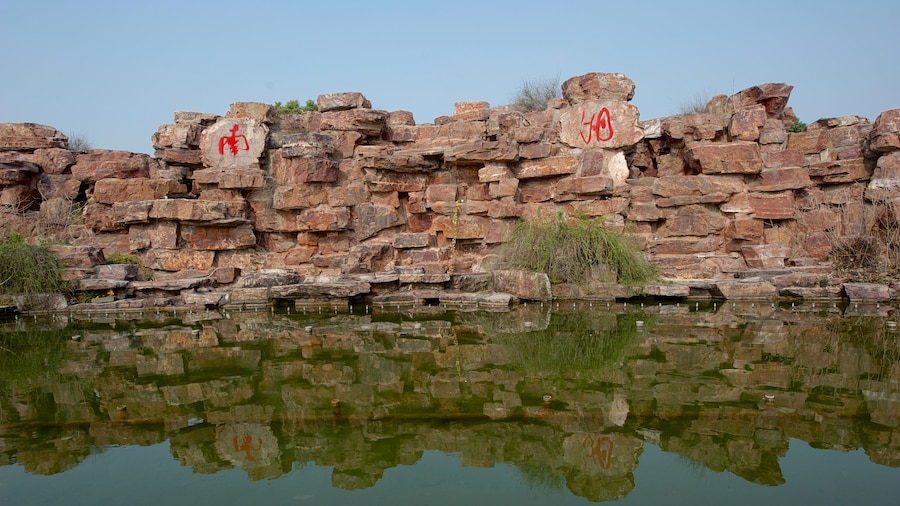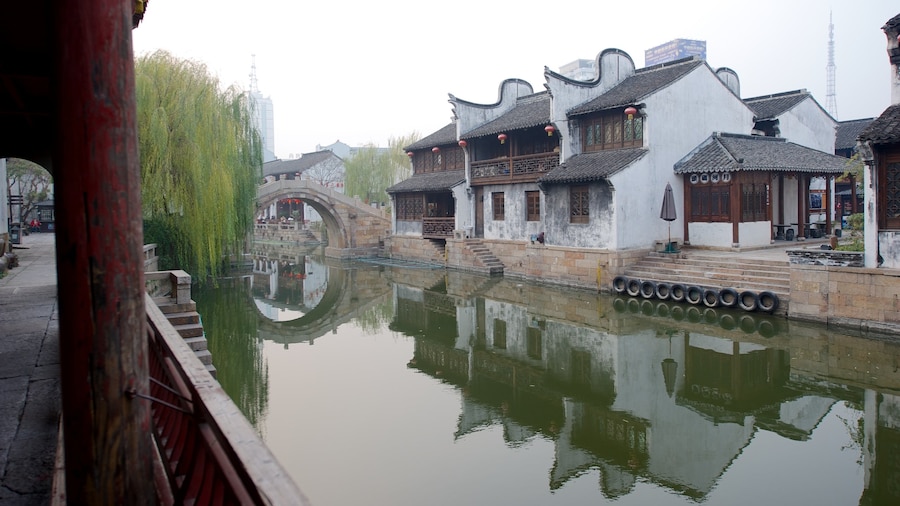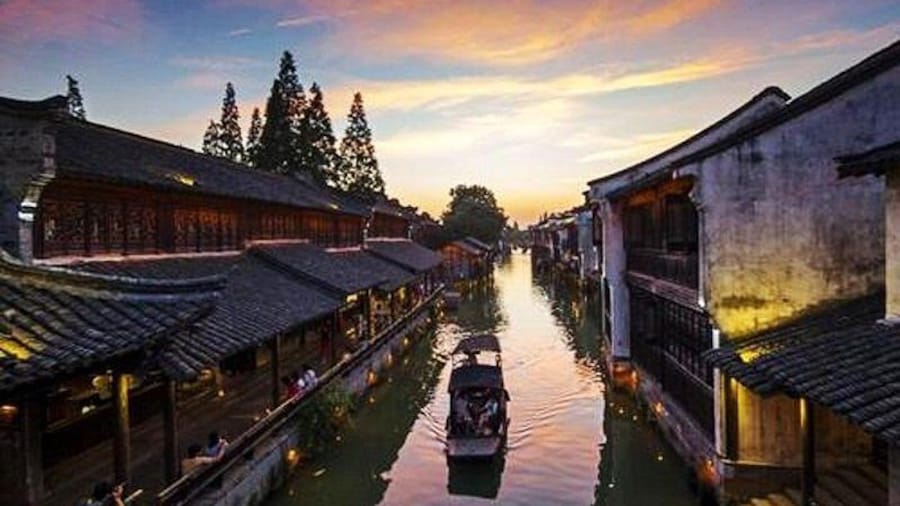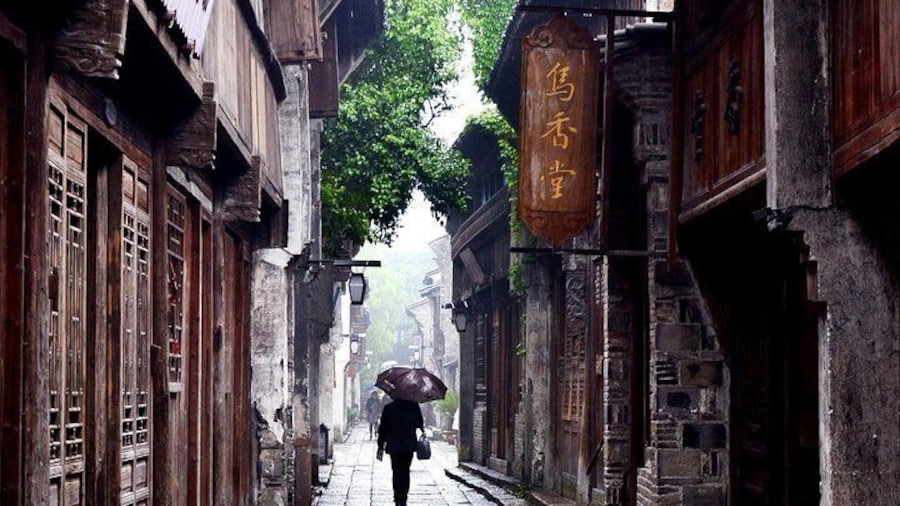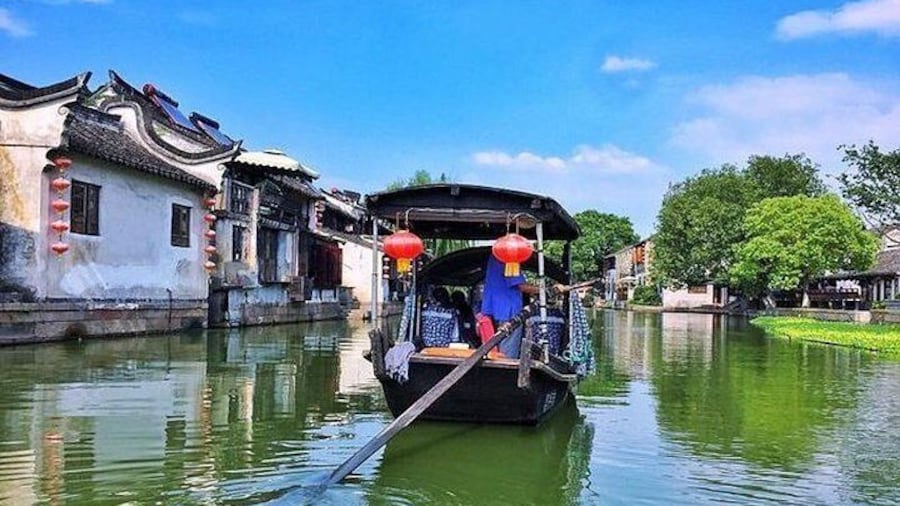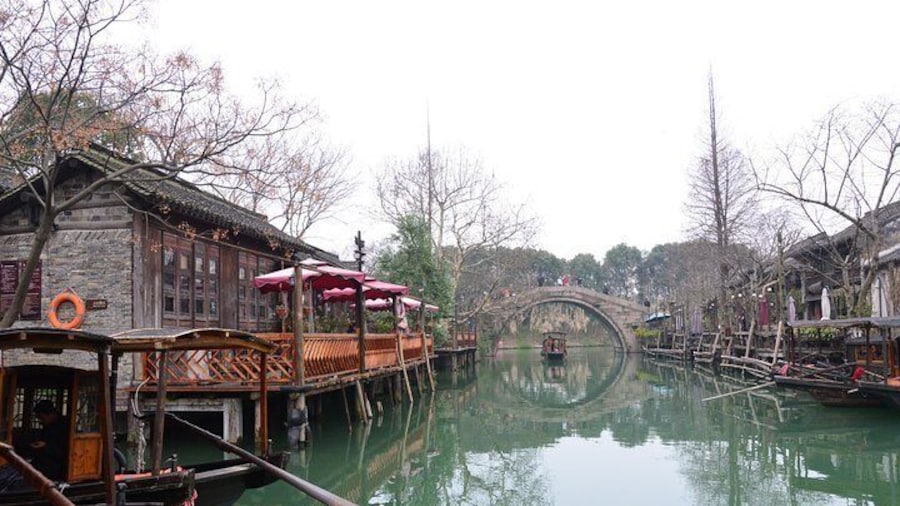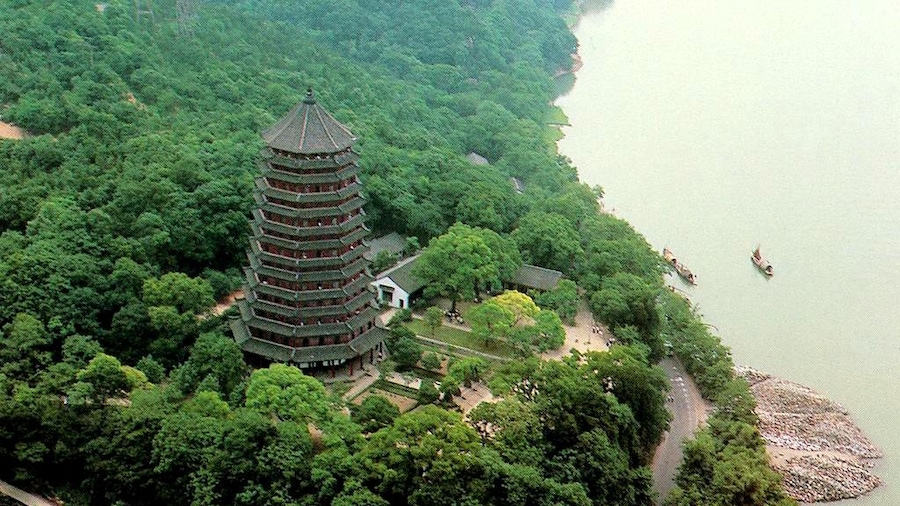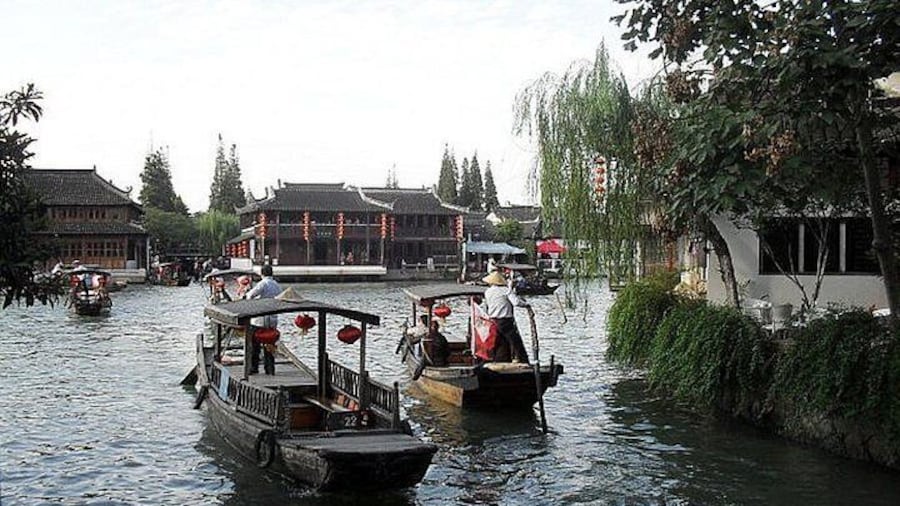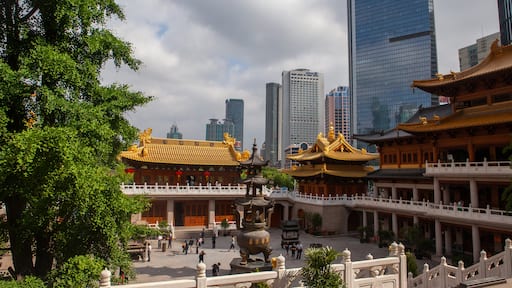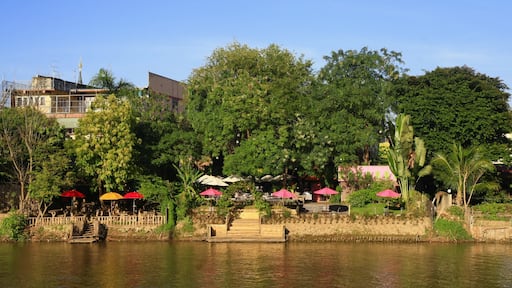With a name that translates roughly as "auspiciously flourishing", Jiaxing has a lot to live up to. Featuring a trio of ancient water towns, a long tradition in silk and textile manufacture and scenic lakeside ruins, this captivating city doesn’t disappoint.
For centuries Jiaxing has been known as the "heart of the land of fish and rice". The city’s position on China’s Grand Canal, linking it to Beijing and Hangzhou, only bolstered the town’s prosperity. At its peak, Jiaxing was known as the “hometown of silk” and travellers today can still pick up fine blue calicos and silks.
Jiaxing’s most remarkable asset is its trio of ancient water towns, where cobblestone lanes, arched bridges and proud craft traditions provide a window back in time. Wander the winding lanes of Xitang Water Town and watch the sun set across a sea of tiled roofs. At Nanxun Water Town, admire the Mansion of One Hundred Rooms, a long row of centuries-old, white-walled tenements stretching far along either side of a canal.
Wuzhen Water Town is known for its wooden-framed houses, Ming and Qing dynasty bridges and ancient looms which are still in use today. Stop for tea at the Fanglu Teahouse, named after a legendary Tang dynasty poet who devoted his life to all things tea.
Jiaxing is an important site in the birth of the Communist Party of China. It was on a boat on the city’s South Lake that the party’s constitution was issued in 1921. Today the lake is a lovely place to tour by boat. Explore the lake’s banks to see local birdlife, Ming dynasty ruins and the Revolutionary Memorial Hall.
The drive to Jiaxing from Shanghai International Airport can take up to 2 hours. The water towns are easily accessible from Jiaxing by bus or car and are best explored on foot. Consider visiting Jiaxing in spring or autumn when the town hosts a range of festivals, such as the Jiaxing South Yangtze River Culture Festival held from October to November.

